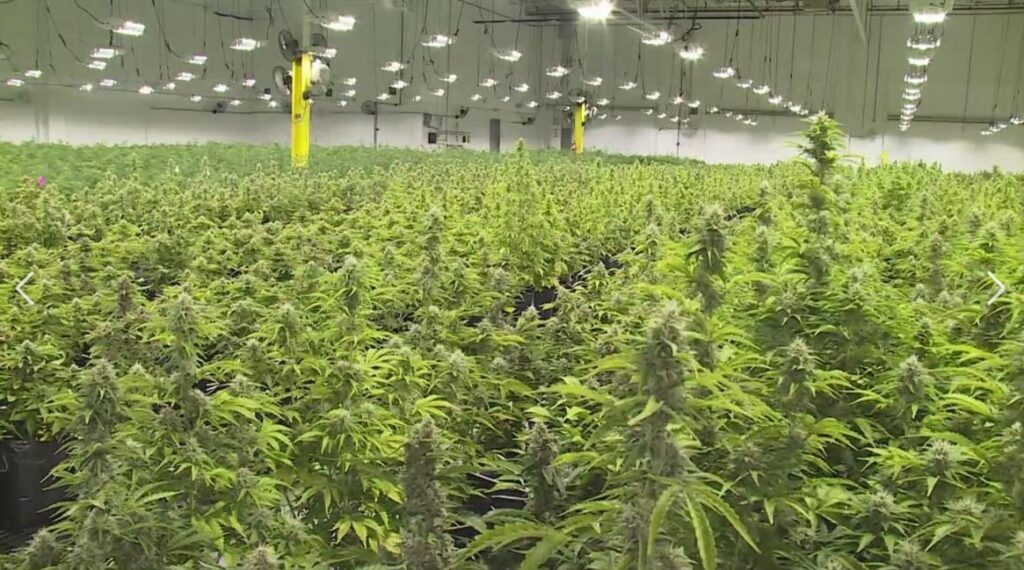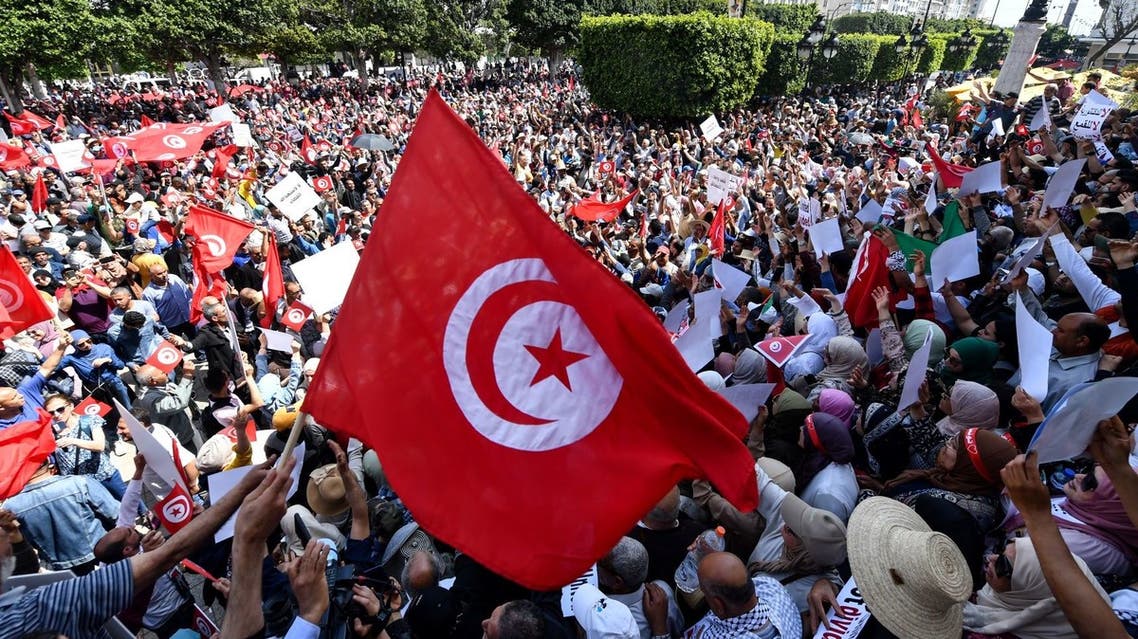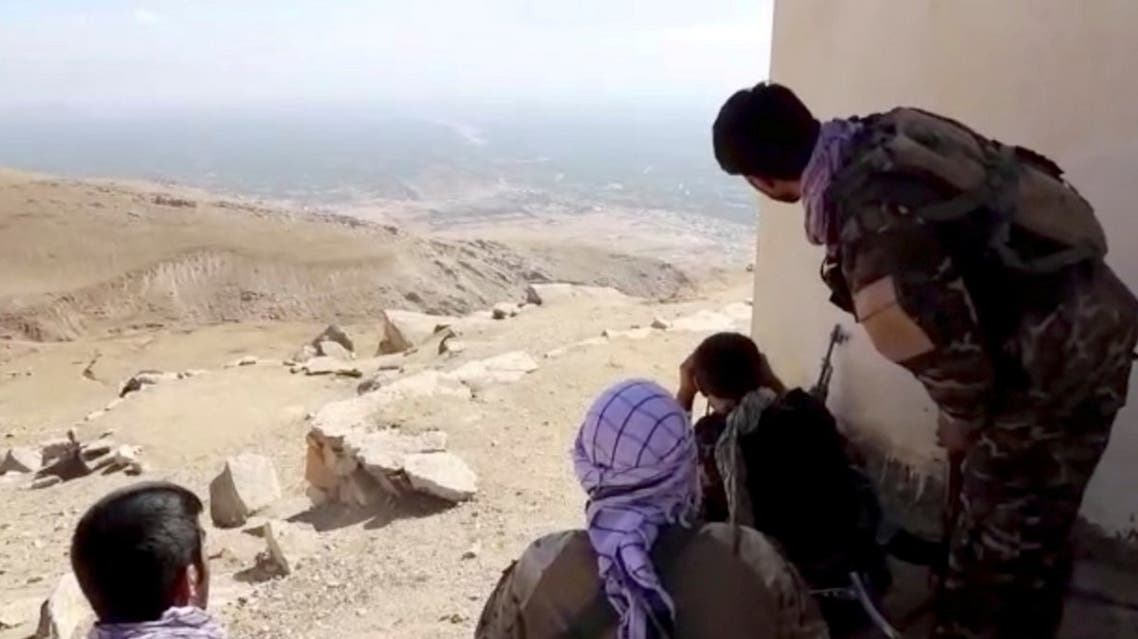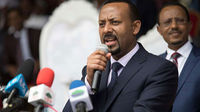Letters from Moscow: Education, Health Care, Unions, and Political Parties Across the Class Divide
What follows is a series of emails from a comrade, HCE. He is a Russian citizen and has lived and worked in Moscow for many years. He is a Marxist-Leninist. The questions we asked him are in bold.
Dear Bruce:
Before I start answering more of your questions, I would like to make a comment on the very complicated situation concerning access to data which affects both my three previous letters and as well as any future letters.
Rocky times in the political economy and computerized and digital world
After the disintegration of the Soviet Union, Russia embarked on an extremely complicated process of switching from one political economy to another. This coincided with another drastic change, the computerization, digitization, and data organization of the whole state apparatus. This includes administration, health, education, defense, and industry. This process was difficult. We went through what I would call a “hybrid” stage in the late 1990s and up to the early 2000s.
A large number of the technical, medical, and administrative state employees were new to computers then and there was an urgent need to digitize a huge amount of data. At the same time, state facilities still had to function. The state cadres by the 1990s – 2000 were no spring chickens. They were around 45 years of age and were slower to learn about the computerized, digital world. I remember the problems of the customs. It was a real headache. Older doctors had to learn to use computers and databases, and all this did not come easily. Computers had become a necessity that accompanied a person everywhere. Nevertheless, Russia made a leap forward and covered a lot of ground rapidly in the digital world. This was true especially in programming due to the solid mathematical background offered in schools and universities established during Soviet times.
How much does each social class pay to go to grammar school, high school and college in the public and private sector?
The constitution of the Russian Federation clearly states that preschool, primary, high school or vocational schools are free of charge and compulsory. Higher education is also free of charge, and acceptance is on a competitive basis. Parallel to state sponsored education, there is private education that is available from kindergarten until university. The classes that have the luxury to pay for their children’s education are the upper middle-class and the upper-class. Many of the children of the upper-class study abroad in the US and European countries.
In spite of all the advantages and benefits of n facilities and equipment in private schools, their performance is not better than state budget schools. This is because there are still traditions and quality remaining from Soviet times in state budget schools. There is a feature in Russian cultural history that defies elite education. Occasionally from the far regions come working-class nuggets that with their talent and persistence are able to reach the heights of the academic and artistic world.
What about the cost of healthcare for each social class?
The Soviet Union had an immense health care system that included general hospitals, specialized hospitals, hospitals for children and babies, and clinics tied to factories and universities. All this was inherited by Russia. Every Moscow resident is tied to a hospital in his administrative district. There are children’s hospitals, too. According to the constitution, everyone has a right to health protection so medical care in state and municipal health care institutions is free of charge. The cost of healthcare if the patient goes to a state-owned hospital will be one and the same for all classes.
The private health care system is much smaller and cannot be compared to the state system. In my opinion, the private system has carved themselves a niche for upper-middle class and upper-class people. This is because there are no queues, accommodations are better, and for your money the doctor is willing to listen to your complaints not for 10 minutes but for 30 minutes. Otherwise, the doctors are the same.
The problems of the state health care system are more organizational than anything else (as mentioned at the beginning of my letter). There were some attempts to make changes according to western management practices. These were failures and much disliked by the majority of the people trying to innovate, digitize the data base, and streamline the administrative apparatus. Instead of having innovation that would serve the healthcare system you have innovation for its own sake. Gradually the system already in place is adjusting.
Let me give a human face to these dry facts:
“Two months ago, my wife fell ill and was feeling very bad and since we are both elderly (80+ years of age), I called for an ambulance. It arrived in 10 minutes. Two young men arrived who checked my wife’s blood pressure. They had a portable device for checking her heart after placing sensors on her. They received the result on graph paper. The doctor checked her and called the hospital telling me that tomorrow a specialist would arrive to check her again, but for now she was ok. The next day we got a call from the doctor and asked if that time was ok to come over. When the doctor arrived she carefully checked my wife over and wrote a lengthy prescription. We declined hospitalization, and I promised the doctor that I would take care of my wife. She agreed but warned me that if my wife did not feel better in two days, they would want to hospitalize her.”
All of this was free of charge.
What is the status of unions? How militant or not are they? What percentage of working-class people join them?
A couple of words regarding the history of the unions in Russia are necessary in order to understand their present status. Very briefly, unions began to appear with the rise of capitalism in Russia. They were dynamic and revolutionary, and played a big role in the February and Great October revolutions of 1917. After the formation of the USSR, the employers and the employees were both working-class and the unions became part of the state serving the working-class in health, education, recreation, and many other functions. It was called the All-Union Central Council of Trade Unions (AUCCTU) – the central body of trade unions, it functioned from 1918 until 1990.
After the disintegration of the Soviet Union and the switch from socialism back to capitalism, this entity remained in the same role although politically much weakened, but still had significant assets, organizational ties, and funds. The working-class did not have a militant organization. They were not created for organizing and fighting the capitalist employers. The name of this organization is The Federation of Independent Trade Unions of Russia (FNPR).
To date, the Federation of Independent Trade Unions of Russia is still the largest public association in Russia. As of January 1, 2020, the FNPR had 122 member organizations, including 40 all-Russian (interregional) trade unions. This included 5 trade unions cooperating with the FNPR on the basis of agreements. It also included 82 territorial associations of trade union organizations. The FNPR unites 19.9 million trade union members. It has its relations with the government and its party, United Russia, capitalist employers, as well as having its members in the State Duma (Russian Parliament).
The second trade union of importance is The Confederation of Labor of Russia (KTR) (English version available). It was formed in 1995 and has about 2 million members. It is militant. It has to be said that it faces immense difficulties, and its victories are few and far between. Still, they are developing and learning. The Confederation of Labor of Russia is an independent trade union and does not follow the official government line. Its struggle is not only for purely economic benefits. It has an agreement with the Communist Party since 2008.
Besides the above-mentioned trade unions there are many others, but these two are the most prominent
How many political parties are there? How strong are they? What about the Communist Party there?
There are fifteen parties in Russia. The results of the last State Duma (Russian Parliament) elections in 2021 resulted in the following top five parties.
United Russia (the government party) – 49.2%
The Communist Party of the Russian Federation (CPRF) – 18.93%
Liberal Democratic Party (LDPR) – 7.55%
A Just Russia – Patriots – For Truth – 7.46%
New People – 5.32%
The Communists (CPRF) in Russia came in a very strong second in spite of the harassment, arm twisting, slander, and cheating. The Communists (CPRF) in Russia are not like the communist parties in most parts of Europe and the US. They are not on the fringes of society. Of all the parties mentioned above, they are the oldest and have deep roots in the people. This was clearly demonstrated in the conflict in the Ukraine, where many soldiers and people raised the red banner besides the official government flag. The parties at the lower end are mainly those that have a strong pro-western ideology and are closer to social democrats and liberals.
I often remember the American saying “When the going gets tough the tough get going”. As soon as the conflict in the Ukraine started the Russian government quickly found out that the baggage they had picked up from the West was useless. It could not consolidate the people, and a big number of the so-called celebrities left Russia. They found out that the Soviet culture, films, and song was what brought the people together and lay in their collective memory. The official media was forced to somewhat change its tune in its negative portrayal of nearly everything related to the Soviet period.
The Communists have a strong presence, and the people see that they have a clear and comprehensive program for the economic development of the country. The Communist ideology has a solution for the problems related to nationalism. In any TV talk show, were they invited (this is not often), they dominate simply by their logic. I find especially encouraging the fact that young people (not older than 45) are occupying important positions in the party’s hierarchy and being given the responsibility to become Duma members and governors. The CPRF has three governors out of the 85. Please note that I am using an approximation here, since the administrative configuration is not one but of several types.
The Liberal Democratic Party (LDPR) is a nationalist, right-wing party. Their charismatic leader, Zhirinovsky, on whom the party depended, passed away recently. In my opinion there could be a decline in their influence depending on how the party deals with their loss. A Just Russia – Patriots – For Truth is a coalition of three parties, the biggest is A Just Russia, with socialist-democratic views.
The New People party was formed and is still headed by a businessman, Alexei Nechayev, owner of the cosmetics company Faberlic. This is a party oriented towards the young managerial type. It has a right leaning capitalist ideology that reminds one of Ayn Rand ideas.
In reply to your inquiry of whether there are parties backed by the US, my opinion is that parties that are influenced or backed by the US are not on the right. The right in Russia is most probably nationalistic. The parties that are more likely to be on the “democratic liberal” side, are those that began their career with the disintegration of the Soviet Union and actively participated in the economic upheavals that created the oligarchy. Since those times of the 1990s, they have been steadily declining until in our times they cannot meet the quota for getting in the Duma. They still are present on the political stage due to the support from the West and the way the West exaggerates their presence and influence and the noise they make. By carefully observing the representatives of this phenomenon we notice that they were rubber-stamped by the same hand, from Venezuela, throughout Eastern Europe, the Baltic States, Ukraine, Georgia, and Russia. What gathers the right and the ‘liberal democrats” together is their hatred of socialism, communists and anything related to the Soviet Union. The US and the West directly and aggressively have backed parties or their representatives through NGOs. However, a law has been passed recently declaring any NGO receiving financial or other kind of support from a foreign country to be a foreign agent and will be treated accordingly.
How do each of the social classes line up in terms of religious affiliation?
Dear Bruce,
Allow me to begin this part of my letter with a quotation from no less an authority than historian Edward Gibbon:
“…but so intimate is the connection between the throne and the altar, that the banner of the church has very seldom been seen on the side of the people.”
Orthodox Christianity is the prevailing branch of Christianity and does not depend on class. It is the religion for all classes from the upper-class to the working-class.
There are other religions as well. According to the Levada Centre (not official source):
Christian Orthodox believers — 63%
Atheists — 26%
Muslims — 7%
Protestants — less than 1%
Jews — less than 1%
Catholics — less than 1%
The overwhelming number of Christians are orthodox. Religion had an intensely strong comeback after the disintegration of the Soviet Union. This is manifested not only by the number of believers, but by the wealth, opulence, and the close ties between the state and the church. The official point of view is trying to bring back some of the ideology of tsarist Russia, of tying nationalism and religion to the state. The church now is ubiquitous, imposing its presence in education, the army and general public. Churches are built everywhere. However, if immediately after the disintegration of the Soviet Union, religion had a certain appeal to the Russian population, it is now rapidly declining. All of what I have said about Christianity is true for the Muslim regions and republics where Islam schools and mosques are present in large numbers. Laws have been passed to guard the church and religion.
With affection and respect










